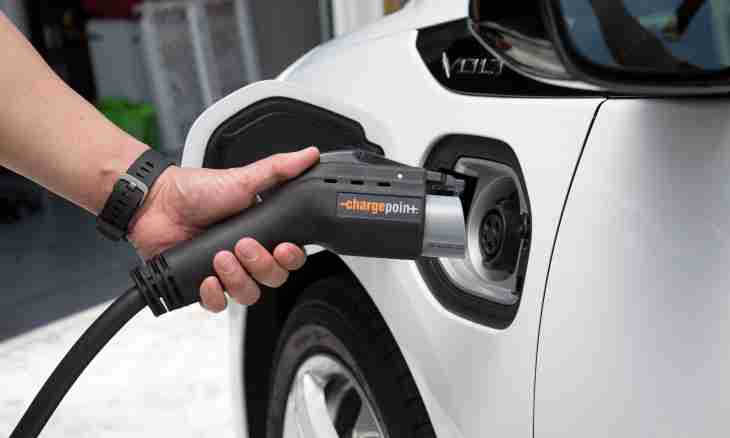At the beginning of the 20th century the scientists considered that atom cannot be divided into parts. But it turned out that the central part of atom is occupied by the kernel consisting of neutral neutrons and also protons having a positive charge. And around a kernel electrons with a negative charge rotate. It became clear also that the mass of neutrons and protons are equal, and the electron considerably concedes to them in this regard.
What is a proton
Proton call an elementary particle which is included in structure of an atomic nucleus of chemical element. The proton is also an atomic nucleus of the lightest isotope of hydrogen – protium. The mass of this particle approximately by 1836 times exceeds the mass of rest of an electron. The term "proton" in the early twenties into circulation was introduced of last century by the British physicist of the New Zealand origin Ernest Rutherford.
In 1913 Rutherford conducted experiments on interaction of atomic nuclei of nitrogen and alpha particles. As a result of experiments it became clear that in interaction from an atomic nucleus a certain particle takes off. The scientist called it a proton and made the assumption that it is a hydrogen atomic nucleus. Subsequently when using the camera of Wilson it was proved that so it also is.
The quantity of the protons which are available in an atomic nucleus of chemical element is accepted equal to atomic number of such element. This size defines the place which the element takes in Mendeleyev's table. All chemical properties of simple substances and their connections which of them are formed, defined by quantity of the protons which are available in an atomic nucleus.
Properties of a proton and its charge
Electric charge of a proton is considered positive. It is equal on an absolute value to an electron charge. The so-called absolute charge of a proton is equal to 1.6*10^ (-19) the Pendant. The specific charge of a proton is rather high.
In science the classification according to which the proton is a hadron and enters a class of so-called heavy particles (baryons) is accepted. This particle actively participates in strong interactions and in all other fundamental interactions (gravitational, weak and also in electromagnetic).
In strong interaction the neutron and a proton are characterized by identical properties. Therefore they are considered as various conditions of a uniform elementary particle – a nucleon. With the participation of weak interactions in kernels of radioactive elements there can be a transformation of a proton into a neutron, a positron and a neutrino. And the neutron is under certain conditions capable to turn into a proton.
Protons are stable therefore they are used for bombing of other particles at implementation of nuclear reactions, previously accelerating to serious speeds.
Atom of chemical element contains positively infected particles and particles having a negative charge. But in atom there is an equal number of elements of each look. Therefore heteronymic charges neutralize each other.

